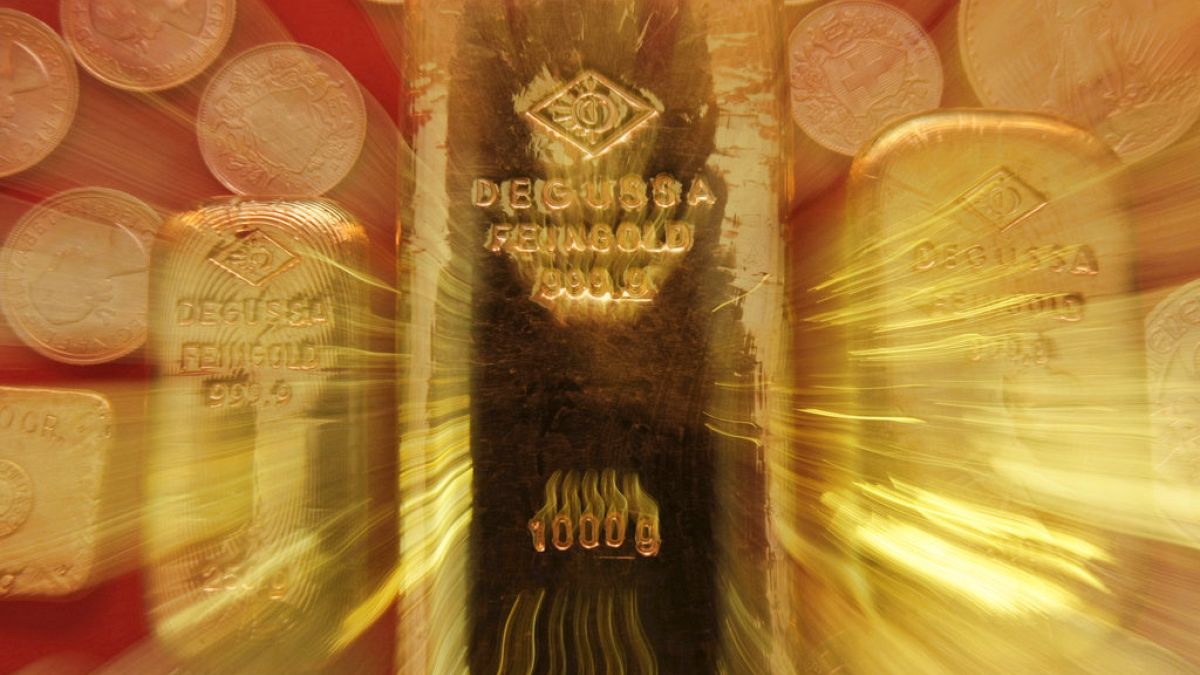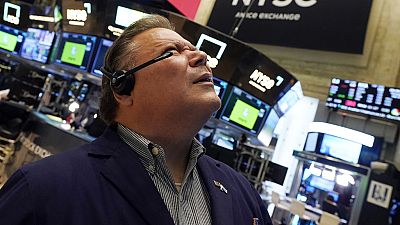In a week that saw 10 central bank meetings around the globe, gold prices surged to new record highs for the first time in the precious metal's history.
This significant milestone comes in a month where gold has already seen an increase of more than 6% in value, setting it on course to match or possibly exceed its performance from March 2023, which was its best month in the previous year.
The recent surge in gold prices can be attributed to two major catalysts, both revolving around central bank actions and signals.
First and foremost, there's the anticipation of imminent rate cuts and secondly, there's an increased inclination among central banks to bolster their gold reserves.
Developed central banks hint at rate cuts
Most major central banks from developed economies, with the exception of the Bank of Japan, appear to be aligning towards the start of a cycle of rate cuts. Notably, the Swiss National Bank (SNB) unexpectedly initiated the trend by delivering its first rate cut of 0.25% this week.
Gold's value tends to rise in anticipation of lower interest rates, as it holds an inverse relationship with the cost of money.
Despite concerns over recent higher-than-expected inflation figures, the Federal Reserve remained committed to its projection of three 25-basis-point cuts this year. Fed Chair Jerome Powell delivered recent dovish remarks which reinforced market expectations of a rate cut as early as June, already factored in with an 80% likelihood.
In Europe, the Bank of England witnessed a lack of hawkish sentiment within its board, as no members voted for a hike this week, contrasting with previous meetings. Governor Andrew Bailey acknowledged the market's predictions of rate cuts this year as being "right".
Although the European Central Bank (ECB) didn't convene for a policy meeting this week, President Christine Lagarde hinted at the possibility of a rate cut in June, contingent upon sustained progress and inflation trends. "By June we will have a new set of projections that will confirm whether the inflation path we foresaw in our March forecast remains valid," she said on Tuesday. On Friday, Bundesbank's Governor Joachim Nagel added that "a June cut has a higher probability than April".
Central banks amass gold reserves
In addition to central bank policies favouring rate cuts, the second driver behind gold's recent rally is the significant uptick in gold purchases by central banks worldwide.
According to Bank of America research published this week, central banks have amassed gold at an unprecedented rate, acquiring more than 2,100 tons of the precious metal in the past two years.
Central banks' gold hoarding, driven by reserve management strategies, is one of three factors highlighted by Bank of America analysts Jared Woodard and John Glascock as rationale for maintaining gold as a top trade for 2024.
In addition to that, gold serves as an excellent hedge against stock market volatility, exhibiting the lowest correlation to the S&P 500 among various asset classes and thus serving as a safe haven in times of inflationary pressures or economic slowdowns.
The final reason on why gold prices are projected to trend higher is related to increasing investor participations. Analysts noted that thus far, most of retail investors have missed the gold rally, as major gold ETFs saw outflows, rather than inflows.
Bank of America anticipates that falling bond yields resulting from interest rate cuts could entice more investors into the gold market, potentially driving prices towards the $2500-$2600 (€2311-€2403) range according to their technical analysis.



